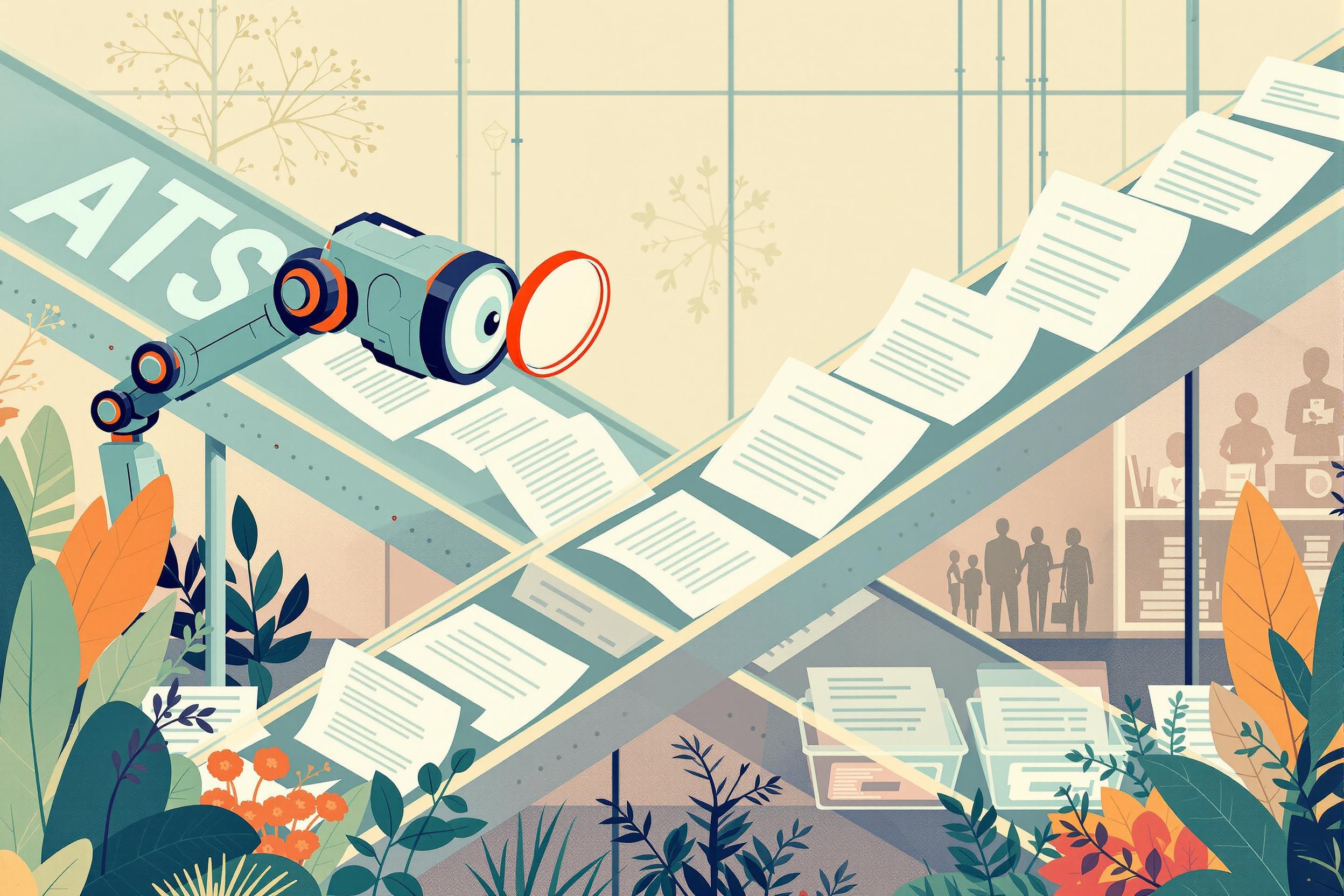
Installation Sequence
Installation Sequence refers to the step-by-step plan that shows how modular building components should be put together on a construction site. Think of it like a detailed recipe or instruction manual that tells workers exactly which pieces need to be installed first, second, and so on. This planning is crucial because modular buildings arrive in pre-built sections that must be assembled in a specific order - just like putting together a large piece of furniture, but on a much bigger scale. Getting this sequence right helps ensure safety, efficiency, and proper building assembly.
Examples in Resumes
Developed Installation Sequence plans for 15+ multi-story modular buildings
Supervised teams following Installation Sequence protocols for modular hospital units
Created detailed Installation Sequence documentation that reduced assembly time by 30%
Optimized Installation Sequence and Assembly Order for complex modular projects
Typical job title: "Installation Sequence Planners"
Also try searching for:
Where to Find Installation Sequence Planners
Professional Organizations
Job Resources
Example Interview Questions
Senior Level Questions
Q: How would you handle unexpected delays or issues during a modular installation sequence?
Expected Answer: A strong answer should include creating contingency plans, having backup equipment ready, maintaining clear communication channels with all teams, and ability to quickly adjust the sequence while maintaining safety and quality standards.
Q: What factors do you consider when planning an installation sequence for a multi-story modular building?
Expected Answer: Should discuss weather conditions, site accessibility, crane positioning, team coordination, utility connections, safety requirements, and how each floor's installation affects the others.
Mid Level Questions
Q: How do you ensure proper documentation of an installation sequence?
Expected Answer: Should mention creating detailed step-by-step guides, using photos and diagrams, maintaining daily logs, recording any sequence modifications, and ensuring all team members have access to updated documents.
Q: What safety considerations are most important when planning an installation sequence?
Expected Answer: Should discuss proper lifting procedures, weather monitoring, worker safety equipment, clear communication protocols, and ensuring stable temporary supports during installation.
Junior Level Questions
Q: What basic tools and equipment are typically needed for modular installation?
Expected Answer: Should be able to list common equipment like cranes, lifting straps, leveling tools, measuring devices, and basic hand tools, showing understanding of their proper use.
Q: Why is the order of installation important in modular construction?
Expected Answer: Should explain how proper sequencing ensures structural stability, efficient assembly, prevents rework, and maintains safety throughout the construction process.
Experience Level Indicators
Junior (0-2 years)
- Basic understanding of modular construction methods
- Reading and following installation plans
- Basic safety procedures
- Team coordination
Mid (2-5 years)
- Creating detailed installation plans
- Managing installation teams
- Problem-solving during installation
- Quality control procedures
Senior (5+ years)
- Complex project planning
- Risk assessment and management
- Training and supervising teams
- Optimizing installation efficiency
Red Flags to Watch For
- No experience with safety protocols in construction
- Inability to read construction drawings or plans
- Poor communication skills
- No knowledge of basic construction equipment and tools
- Lack of experience with team coordination




